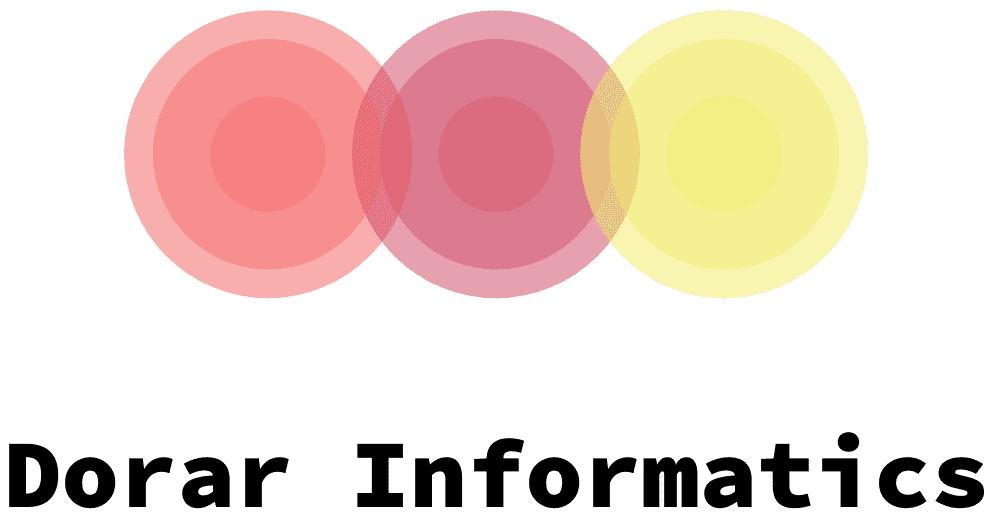In the world of business, opportunities often hinge on a single document: the business proposal. Whether you’re vying for a new client, seeking investment, or pursuing a partnership, a compelling proposal can be the difference between success and missed opportunities. In this comprehensive guide, we will explore the intricacies of creating a winning business proposal, from understanding its purpose to mastering the art of persuasion.
Understanding the Business Proposal
Definition
A business proposal is a formal written document that outlines a specific business opportunity, project, or endeavor. It serves as a persuasive tool to communicate your ideas, goals, and strategies to potential clients, partners, investors, or stakeholders.
Purpose
The primary purpose of a business proposal is to persuade the recipient to take a specific course of action. This action could range from approving a project, awarding a contract, providing funding, or entering into a business partnership. In essence, a well-crafted proposal aims to create a win-win scenario where both parties benefit.
The Key Components of a Business Proposal
A comprehensive business proposal typically consists of several essential components:
1. Cover Page
The cover page should include the proposal title, your company name and logo, the recipient’s name and affiliation, the date of submission, and your contact information. It sets the tone for the proposal and provides a professional introduction.
2. Executive Summary
The executive summary is a concise overview of the proposal’s main points. It should highlight the problem or opportunity, your proposed solution, key benefits, and what you’re seeking from the recipient. Despite being at the beginning, it’s often written last to encapsulate the main ideas effectively.
3. Introduction
The introduction provides context for the proposal. It explains why you’re submitting the proposal and what it aims to achieve. It may include a brief background of your company and your qualifications.
4. Problem Statement or Opportunity
Clearly articulate the problem that needs solving or the opportunity that exists. This section should demonstrate your understanding of the recipient’s needs or the market’s demands.
5. Proposed Solution
Detail your proposed solution or approach. Explain how it addresses the problem or leverages the opportunity. Use concrete examples and evidence to support your solution.
6. Methodology and Implementation
Provide a step-by-step plan for how you will execute the proposed solution. Include timelines, milestones, and key deliverables. Be specific about the resources required.
7. Benefits and Outcomes
Articulate the benefits of your proposal. How will it solve the problem or seize the opportunity? What outcomes can the recipient expect, and how will they impact their organization or project positively?
8. Competitive Advantage
Highlight what sets your proposal apart from alternatives or competitors. This could include your unique expertise, innovative methods, or cost-effectiveness.
9. Budget and Cost Analysis
Present a detailed budget that outlines the costs associated with your proposal. Be transparent about pricing and provide a breakdown of expenses. If applicable, include information about payment terms.
10. Testimonials and References
If you have previous satisfied clients or partners, include their testimonials or references. This can build trust and credibility in your proposal.
11. Conclusion and Call to Action
Summarize the key points of your proposal and reiterate the desired action from the recipient. Encourage them to take the next steps, whether it’s signing a contract, scheduling a meeting, or providing funding.
12. Appendices and Supporting Documents
Include any supplementary materials, such as charts, graphs, case studies, or additional research, in the appendices. These can provide further context and evidence for your proposal.
Strategies for Crafting a Winning Business Proposal
Creating a compelling business proposal requires more than just assembling information; it demands effective strategies for persuasion:
1. Know Your Audience
Tailor your proposal to the specific needs and preferences of the recipient. Research their organization, industry, and decision-makers to customize your approach.
2. Focus on Benefits
Highlight the benefits and outcomes of your proposal. How will it add value to the recipient’s business or project? Make it clear why they should choose your proposal over others.
3. Use Clear and Concise Language
Avoid jargon and technical terms that might confuse the reader. Keep your language clear, concise, and easy to understand.
4. Provide Evidence and Data
Back up your claims with evidence, data, and examples. Use statistics, case studies, and testimonials to reinforce your points.
5. Create an Engaging Design
A well-designed proposal is more appealing and easier to read. Use headings, subheadings, bullet points, and visuals to break up text and make it visually engaging.
6. Edit and Proofread
Errors in grammar, spelling, or formatting can undermine your credibility. Thoroughly edit and proofread your proposal to ensure it’s error-free.
Conclusion: Seizing Opportunities Through Effective Proposals
A well-crafted business proposal is your gateway to seizing new opportunities, expanding your business, and forging valuable partnerships. By understanding the purpose, components, and strategies for creating persuasive proposals, you can enhance your ability to win over potential clients, investors, and collaborators. Remember, a compelling proposal isn’t just a document; it’s a powerful tool for achieving your business objectives.

